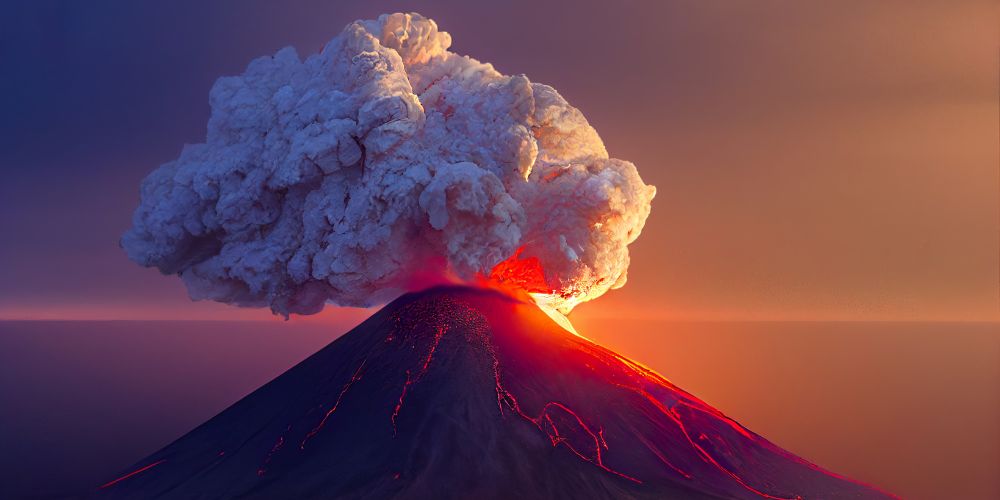Visiting an active volcano is the closest you’ll get to witnessing the heartbeat of our planet. These geological giants are windows into the Earth’s fiery core and give you an unforgettable experience that blurs the lines between danger and beauty.
From the misty heights of Pico do Fogo to the craters of Kīlauea, each of these extraordinary and easily accessible active volcanoes tells a unique story etched in lava and ash. So, lace up your boots, pack your spirit of adventure, and prepare to walk on the wild side of our planet’s most dynamic landscapes.
Mount Bromo — East Java, Indonesia
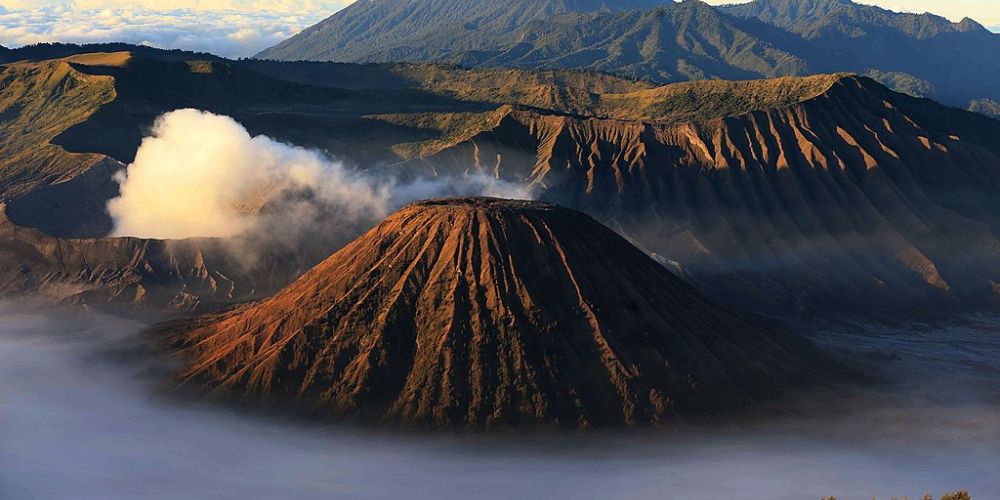
Mount Bromo is a cornerstone of the Tenggerese culture and a fascinating piece of natural history. Easily reached by Jeep tours from nearby towns, you begin your journey through the dramatic “Sea of Sands.” Mount Bromo is one of the most readily accessible active volcanoes due to the region’s well-developed infrastructure that supports tourism while preserving the natural environment.
Historically, Mount Bromo has been significant for the Tenggerese people, descendants of the Majapahit princes. The volcano is a spectacular natural phenomenon and a sacred site where the Tenggerese continue to practice their ancient Hindu rituals.
The most striking of these is the Yadnya Kasada festival, where once a year, the locals gather to offer sacrifices that include vegetables, chickens, and money thrown into the volcano’s smoldering crater. This ritual is rooted in a legend of sacrifice that supports their relationship with nature. They seek a balance between respecting the earth’s fertility and appeasing the mountain gods.
Pico do Fogo — Cape Verde
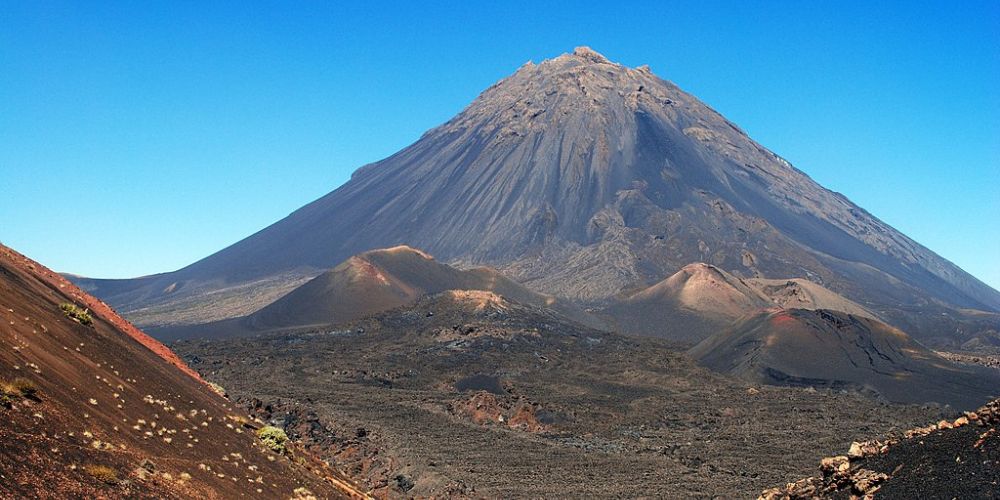
Pico do Fogo is the highest peak in Cape Verde and an active volcano with a rich cultural history. Located on the island of Fogo, the name itself means “fire,” and it’s central to the island’s identity and community.
Eruptions over the years have shaped the landscape and the lives of those who live in its shadow, particularly influencing the settlement patterns around the fertile slopes of the caldera.
No community knows this better than the village of Chã das Caldeiras, which is your starting point for hikes up to the volcano’s cone. This small community connects to the volcano in many ways, with residents who wake up to its potentially volatile mood swings. They share a resilient bond and a strong sense of heritage, which becomes inherently clear when you trek through the area.
The volcanic soil here is extraordinarily fertile, making it ideal for agriculture—particularly vineyards. The mineral-rich ground benefits local wine culture so much that when you visit the region, you get a nice little twist of tastings from the local vineyards. You can literally taste how the volcanic landscape continues to nurture and provide for the community.
Mount Etna — Sicily, Italy
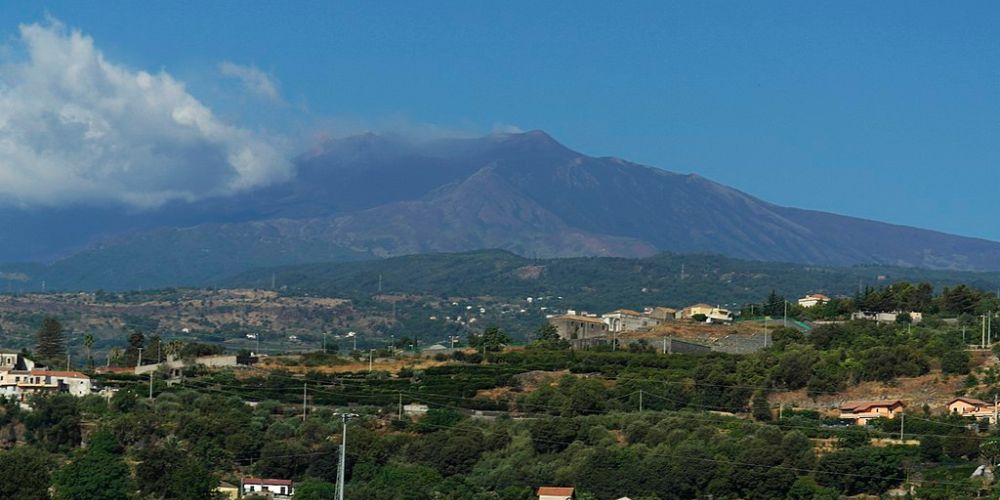
Mount Etna is one of the most studied and accessible active volcanoes in the world, with documented eruptions dating back to 1500 B.C. It’s a focal point of scientific curiosity and remains central to understanding volcanic behaviors and their global impacts.
Culturally, Etna holds a profound place in Sicilian heritage. It looms large in the local mythology, where it’s often seen as a contrasting symbol of destruction and fertility—a testament to its dual nature, which brings both life and devastation.
However, visiting Mount Etna offers more than just the chance to witness sporadic eruptions. For starters, explore its ancient lava tubes. These natural tunnels were formed by flowing lava that left hollow conduits beneath the surface upon cooling. They provide a rare glimpse into the internal workings of volcanic activity.
Etna’s lower slopes offer opportunities for winter sports, making it a year-round destination for adventure seekers. You can ski down snowy slopes with views of smoky plumes rising against the backdrop of the Mediterranean—a striking contrast that you can only find with a visit to Etna.
Kīlauea — Hawaii, USA
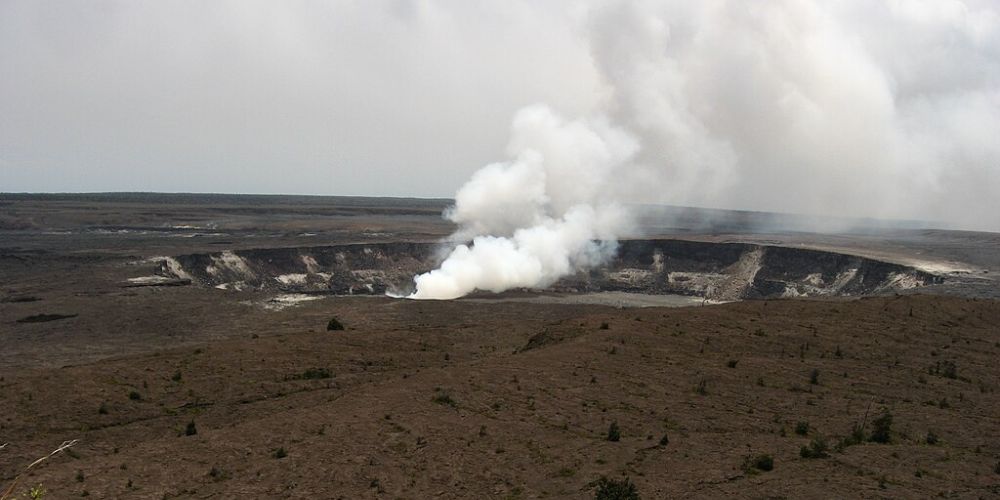
Kīlauea has been in a state of continuous eruption since 1983. It’s an extraordinary phenomenon that makes Kīlauea one of the most active volcanoes in the world. Kīlauea is also an invaluable resource for scientific research and public education on volcanic processes.
It’s also quite sacred in Hawaiian culture as the reputed home of Pele, the Hawaiian volcano deity. This profound spiritual reverence is evident in the numerous myths and legends surrounding Pele, where she is depicted as both creator and destroyer. For the people of Hawaii, Kīlauea is a potent symbol of natural power and spirituality.
Kīlauea is one of the most readily accessible active volcanoes. It’s especially special to visit during night-time hours when the glowing lava renders the whole experience utterly surreal. The Hawai’i Volcanoes National Park features a well-equipped visitor center that offers educational programs and exhibits explaining the volcano’s activity.
Mount Cotopaxi — Andes Mountains, Ecuador
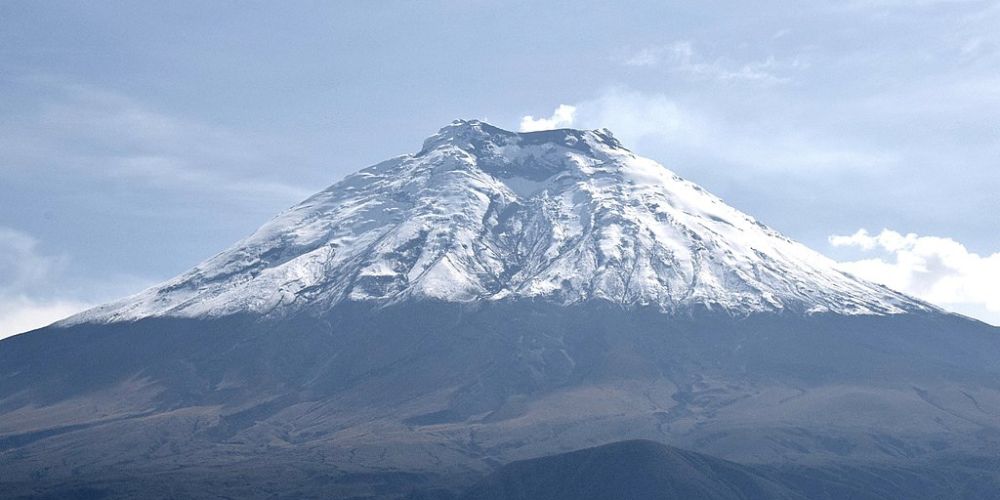
Mount Cotopaxi is one of the most accessible active volcanoes in the world. Its eruptions are powerful and striking, creating picturesque scenes that draw in artists, photographers, and adventurers from around the globe.
In local mythology, Cotopaxi is revered as the “neck of the moon.” This poetic imagery reflects the volcano’s deep cultural connections and spiritual significance among the indigenous communities. It’s viewed as a powerful and sacred entity imbued with divine qualities that influence the physical and spiritual life of the people in its vicinity.
For those looking to experience Mount Cotopaxi up close, the volcano offers guided climbs that lead to its glacier-capped summit. These climbs are a physical challenge and a chance to witness the breathtaking beauty of the Andean landscape from an extraordinary vantage point.
Eyjafjallajökull — Iceland
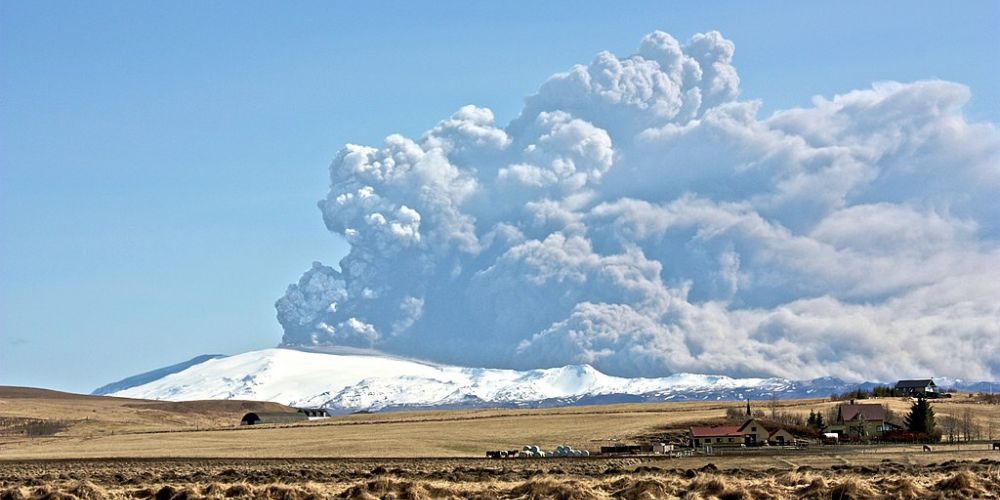
Eyjafjallajökull captured worldwide attention during its 2010 eruption, which caused an unprecedented disruption in air travel across Europe. It was an event that proved how extensive volcanic activity’s global impact can be, affecting millions of people and altering international air routes and schedules.
Culturally, Eyjafjallajökull has come to symbolize the unpredictability and immense power of nature. The 2010 eruption stamped itself into the fabric of Icelandic culture. It reinforces the respect and awe that Icelanders have for their natural environment, reflecting their understanding and acceptance of living in a beautiful and volatile land.
Eyjafjallajökull’s visitor center offers detailed exhibitions explaining the 2010 eruption’s significant impact on global air travel. This unique experience enables you to better understand the challenges and adjustments faced by those directly affected by volcanic activities. Your trip to Eyjafjallajökull might be one of the most profound encounters you’ll ever have with one of nature’s most formidable powers.
